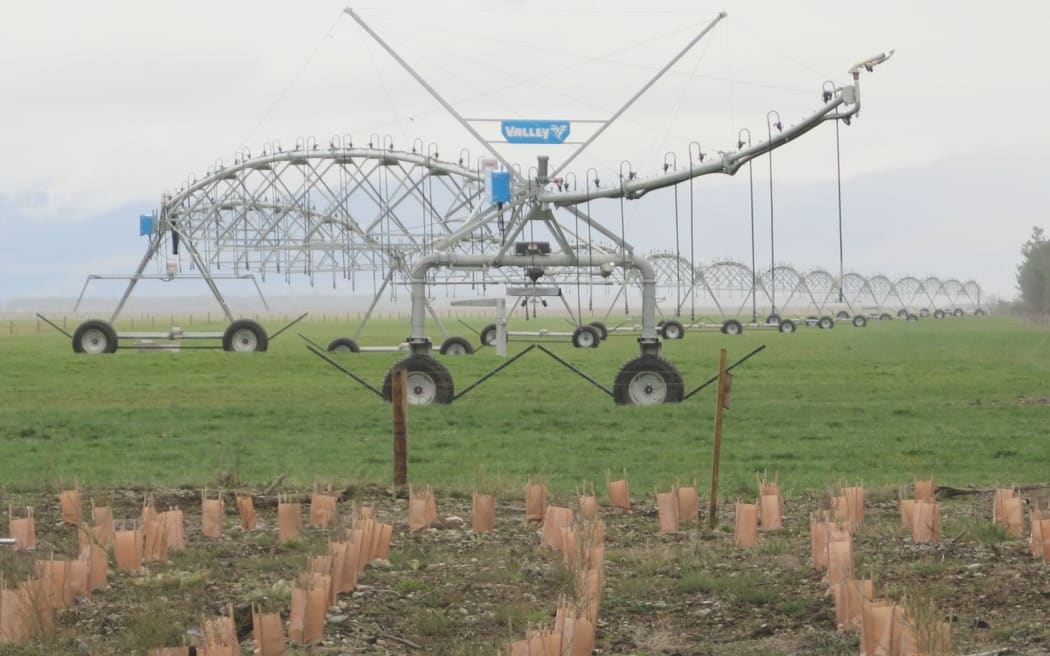Scientists are investigating turning little triangles of land that can't be reached by irrigators into an 'oasis' for native plants and animals.

Photo: Supplied
Ngāi Tahu Farming has commissioned the work for its 7000 hectare Eyrewell dairy farm in Canterbury.
More on irrigation expansion in Canterbury
Lincoln University ecology professor Nick Dickinson, who is one of the study's authors, said it showed there were ways to restore natural biodiversity in a dairy farming environment.
Prof Dickinson said the Ngai Tāhu project was an example, covering 150 hectares on 17 reserves and creating conditions for more than 65 species of plants to regenerate.
It also provided corridors for insects and birds, he said.
"Some of our iconic plants and animals [are moving] back into that landscape. The lizards and geckos, we have wetas moving into our sites. We expect to have evidence soon that native birds are moving into the landscape.
"This is all very positive stuff. I think we've got to convince as many people as we can that, if you can continue doing agriculture successfully and profitably, but if you can also do it very environmentally sensitively and not only protecting biodiversity but enhancing it, then this is the complete package ... of landscape management."
'It's just not enough'
Sarah Page farms goats on a 20 hectare block surrounded by large dairy farms, including Eyrewell.
She said, while any action was positive, the cynic might see the planting of irrigator triangles as a token gesture of sustainability when witnessing the daily effects of dairying.
"Since we've been here, there's been a massive amount of conversions to dairy and dairy support and this has resulted in a massive increase in cows. There's been a huge reduction in shelter belts we've witnessed being ripped out by farmers, and trees have been ripped out as well.
"There was never a huge amount of natives in this area, but we have also seen a number of native woodlots ripped out. And this has all been to allow these big irrigators to move around.
"Really, as far as biodiversity and sustainability goes, what is happening in North Canterbury is completely unsustainable."
Ms Page said the Ngai Tahu initiative was to be commended but questioned whether dairy farming in general should be allowed to seriously alter the environment with the exception of small, commercially unviable areas of land.
"They use words like 'remnants of land' and 'oasis in the middle of dairy country' and this is exactly what they are," she said.
"They are tiny, tiny areas and they may attract some birds and may attract some insects, they may have some nice plantings of natives but, overall, it's just not enough."


